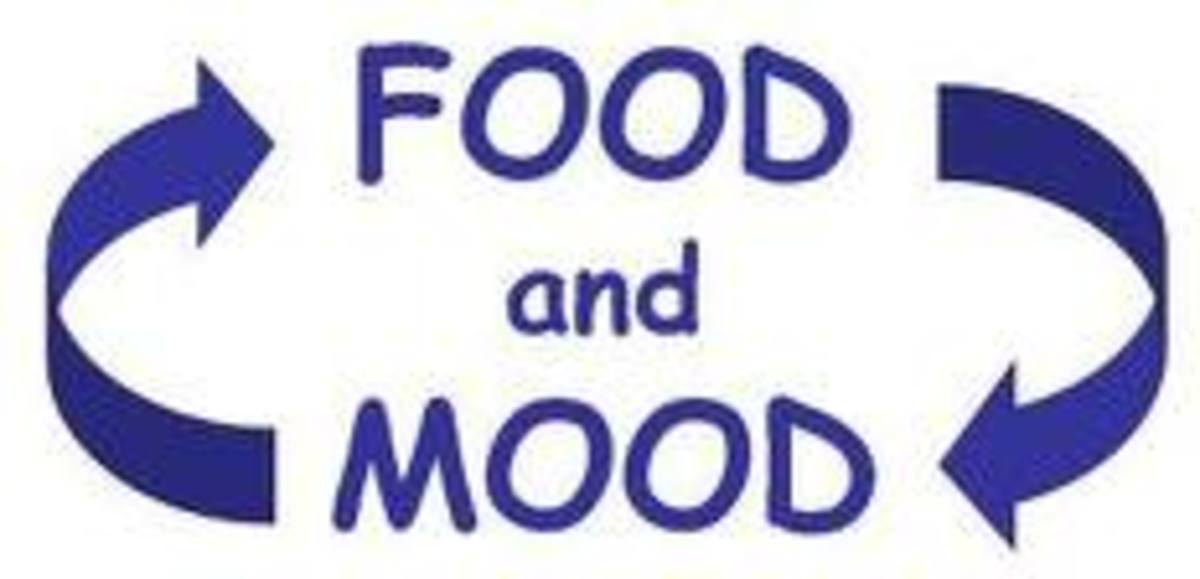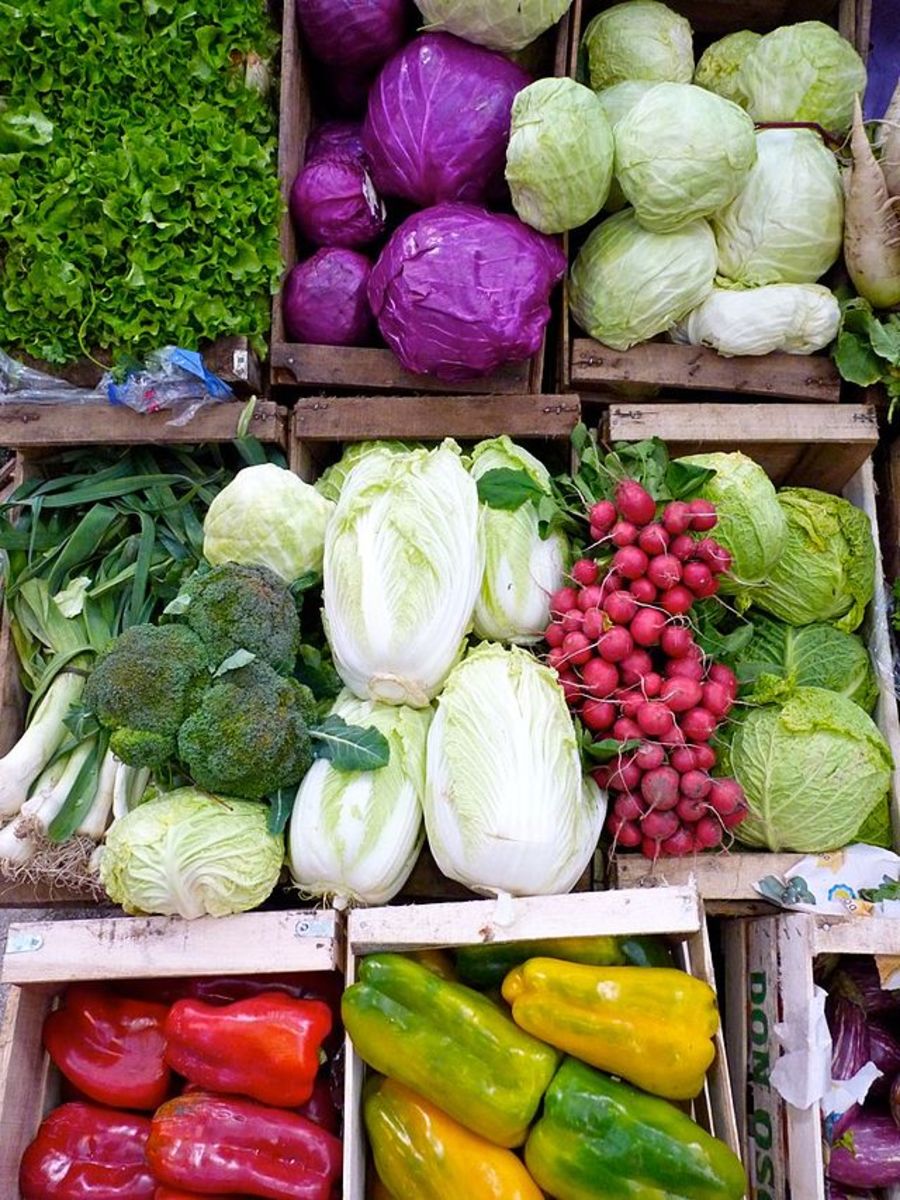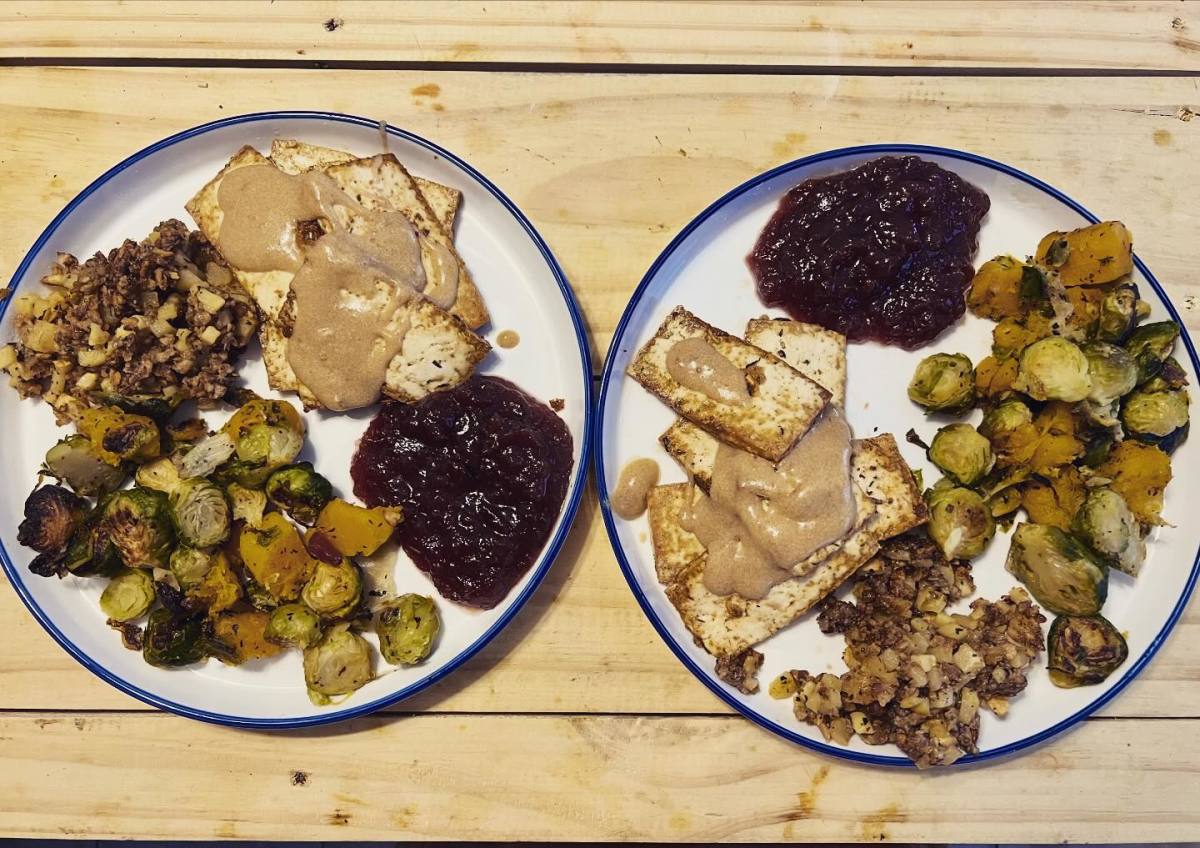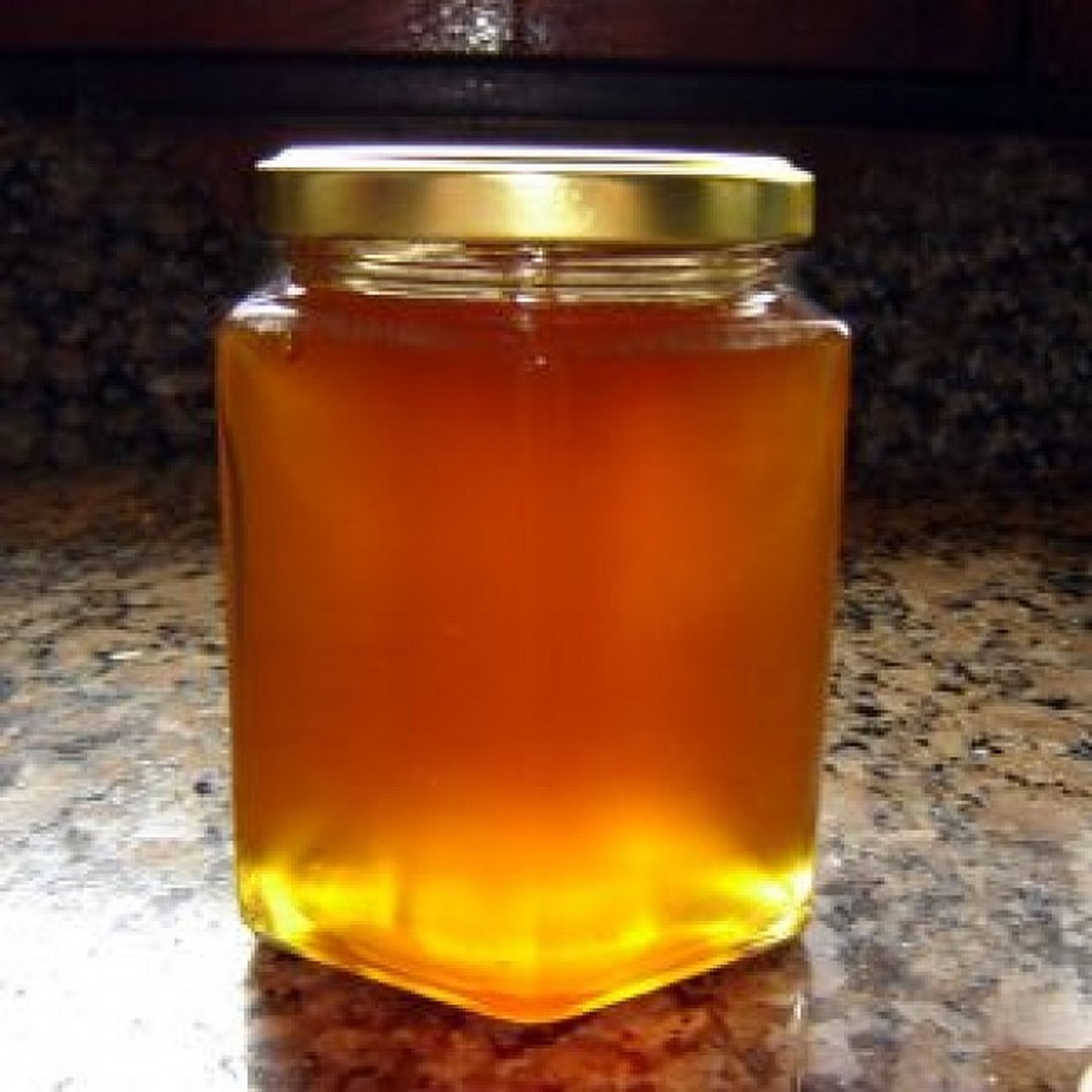Protein and the Vegan Diet
Protein is a vital nutrient for survival that is made up of linked amino acids. It is used for many processes within the body including growth, tissue repair, immune function and in making hormones and enzymes.
In the past many people believed that sufficient protein could not be obtained from a plant based diet and so vegans and even vegetarians are often asked where they will get their protein from and may be told that they will become ill if they continue to eat a diet free of animal products. Increasing amounts of scientific evidence have proven this to be untrue and that the necessary levels of protein can be obtained by eating a diet that does not contain animal products of any kind.
Unfortunately much of the general public and even doctors and other specialists are not aware of this fact or do not believe it to be true. This then leads to the myth being kept alive in the advice they give and in books and other media. Some people also believe, with good reason that the meat and dairy trade have a vested interest in keeping alive the belief that only animal based foods can provide the protein so vital for good health.
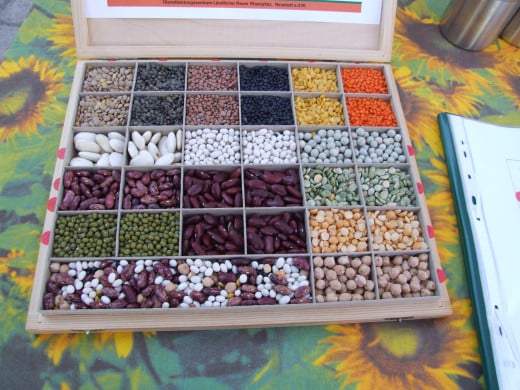
Protein is sometimes referred to as being either first or second class protein. Due to the fact that plant sources do not contain all eight of the essential amino acids, these are considered to be second class and meat sources, first class. However in more recent times it has come to light that this is not of vital importance and that as long as we eat a combination of different protein containing foods each day we will be able to obtain all eight amino acids from with ease. The eight amino acids that are considered essential for good human health do not need to all be obtained from one food at one time. They can be sourced quite simply from various foods which are then combined within our bodies and used as needed.
An example of combining foods to gain all the required amino acids would be to pair beans with rice, perhaps in a bean chilli or stew. Although rice is low in lysine, beans are a good source and the sulphur rich rice makes up for what the beans lack when it comes to these amino acids. Soya beans contain all eight essential amino acids in almost the same balance as meat. Soya products are readily available in many forms and are so versatile it can easily be incorporated into a vegan diet. Soya beans can be cooked an eaten on their own just like any other bean, added to soups, stews, casseroles and stir fries or made into other food items such as tofu, milk and yoghurts. Again a lack of up to date knowledge or not believing in more recent findings, even among some professionals means that this information is less widespread than it should be and people continue to believe that vegans will suffer ill health due to poor protein intake.
Another factor that has led to the belief that adequate protein cannot be obtained from a diet consisting solely of plant foods is that in the past and for a long time the amount of protein that was thought to be needed for good health has been overestimated. In 1881 it was believed that a person needed 145g of protein a day to remain healthy but by 1979 this recommendation had dropped to 56g a day. Today (2013) The World Health Organisation recommends that 10-15% of calorie intake comes from protein. For someone who eats 2000 calories a day this works out as between 50g and 75g of protein a day. A lack of knowledge regarding these changes that have occurred as we learn more about the body ad who it uses nutrients also adds to people sharing outdated and inaccurate information that keeps the protein myth alive.
Examples of plant based sources of protein
- Quinoa
- Lentils
- Tempeh
- Spirulina
- Soya beans
- Pumpkin seeds
- Aspargus
- Mung bean sprouts
- Almonds
- Spinach
Amino acids and protein
The main function of amino acids in the human body is to create proteins. Protein is vital for human health at all stages of life. A diet that contains an adequate intake of protein will ensure that your body is able to carry out basic bodily functions. Protein is important for the building, repair and maintenance of muscle and bodily tissue as well as being used as a source of fuel.
Amino acids are broken down into three groups: essential, non-essential and conditional amino acids. The essential amino acids have to be obtained through diet as the body is unable to produce them for itself, unlike the non-essential amino acids which the body creates using the essential amino acids. Conditional amino acids are generally not needed in day to day life but can be very important during times of illness or stress and for people with some medical conditions.
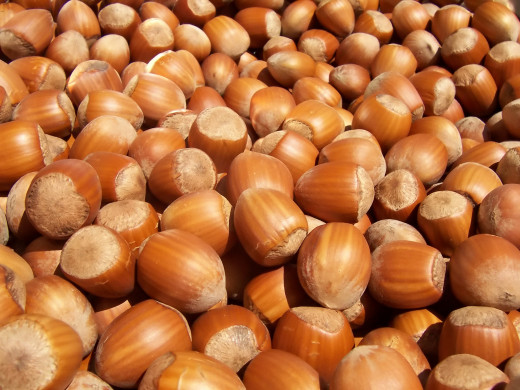
Generally it is believed that there are eight amino acids that are essential for adult human health and that children need nine, though some scientists believe that there are in fact ten essential amino acids that are obtained from the food we eat. These combine with twelve further amino acids that are made by the body to create a range of protein types.
The amino acids are named as follows:
- Essential amino acids - leucine, isoleucine, valine, lysine, threonine, tryptophan, methionine, phenylalanine and histidine.
- Non-essential amino acids – alanine, asparagine, aspartic acid and glutamic acid.
- Conditional amino acids – arginine, cysteine, glutamine, glycine, proline, serine and tyrosine.
Protein is found in all cells of the body as well as being a major structural component of cells so it is easy to see why it so important to good health. Protein is believed to increase athletic performance and vegan athletes such as strongman Patrik Baboumian and powerlifter Bill McCarthy are testament to the fact that a diet that is completely free of all animal products can provide plenty of protein. Vegan athletes can also be found among sprinters, endurance runners, martial arts competitors and cyclists.
Vegan food sources of protein
Protein is found in a wide range of foods including whole grains, legumes, nuts and seeds. Buckwheat, oats, rye, rice and sorghum are all good sources and contain at least 7% protein. Although some cereal and grain foods can be low in the amino acids lysine and threonine these can be found in foods such as legumes and nuts which can easily be eaten in combination with these grains or alone. Many legumes and pulses such as lentils, kidney beans, chickpeas, lima beans and nuts such as cashews, pecans and walnuts provide a high concentration of protein as part of a vegan diet.
Foods that are low in protein include yams, cassava and sweet potatoes. Many fruits are also very low in protein. By eating a balanced and varied diet the majority of people will not need to worry about getting enough protein for their bodies to remain healthy and there is no need to supplement with products such as protein powders
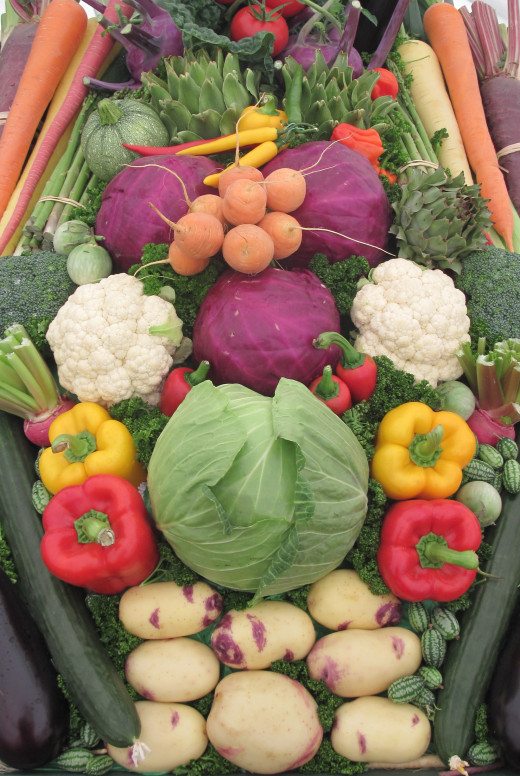
Are there any risks to consuming too much protein?
Eating a little extra protein is unlikely to cause any major damage but if excessive amounts of protein are consumed over a time it can lead to difficulties, particularly if causes other food groups and nutrients to be lacking or absent from the diet. One example of this is that a diet high in protein and low in carbohydrates can lead to the build-up of ketones in the body. Ketones are produced when the body has to use its fat stores as fuel because there are not enough carbohydrates available in the diet to provide adequate fuel for the body. Excessive amounts of ketones can cause harm to the kidneys as they try to excrete these substances. This can result in loss of water and dehydration and cause further problems including palpitations, bad breath, fatigue and headaches. Long term this type of diet can place extra strain on the heart and result in a decrease in muscle mass and bone calcium.
© 2014 Claire


